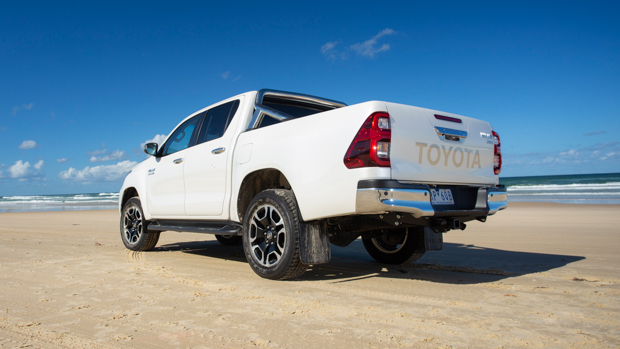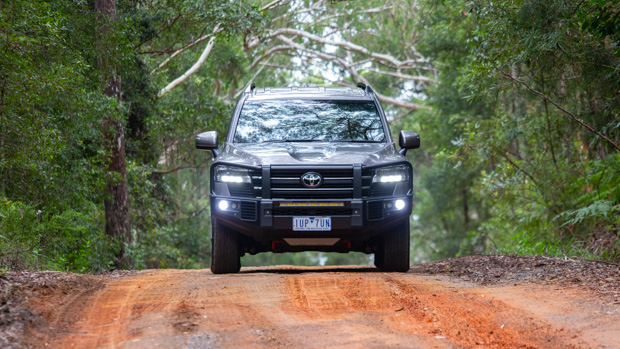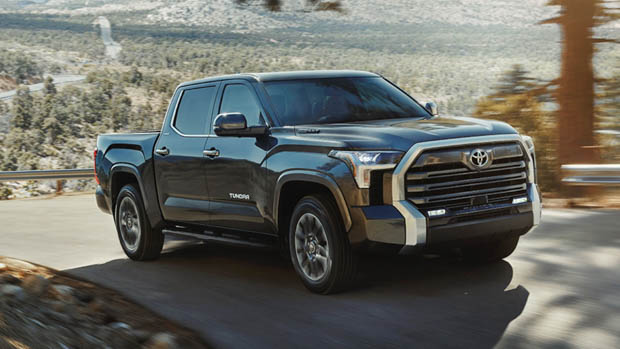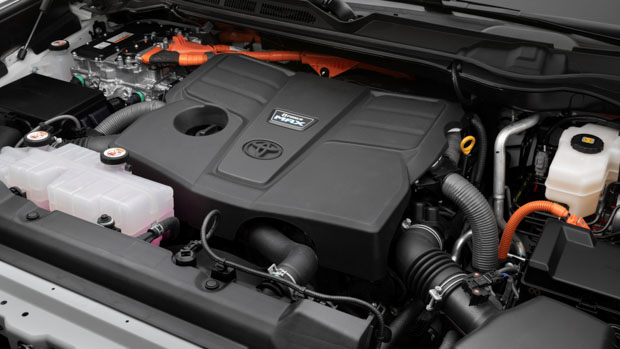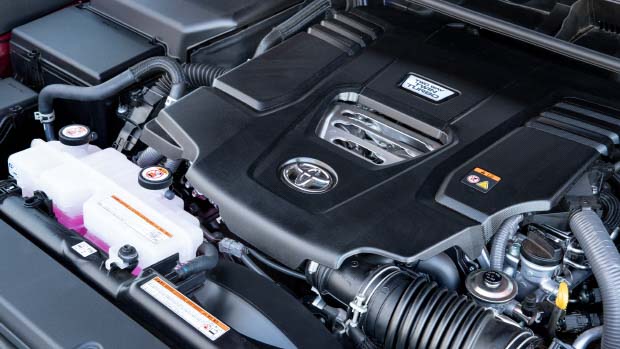-
Car Reviews
- Car News
-
Car Comparisons
Latest comparisons
- Chasing Deals
Chasing Cars finds out whether such a hybrid system could fit within the platform of a future Toyota Hilux
The V6 engine is not unfamiliar to the Toyota Hilux name. A 4.0-litre naturally-aspirated V6 engine has been used in the Hilux for many years.
However, it is no longer available in Australia – having been replaced by the 2.8-litre turbo-diesel inline four-cylinder engine in 2016.
But with the new 3.3-litre turbo-diesel V6 engine in the Land Cruiser 300 Series, along with the announcement that the Toyota Tundra hybrid V6 variant will enter development in Australia, it makes us wonder: could these bigger, turbocharged V6 engines fit in the Toyota Hilux?
The new Ford Ranger made headlines over the fact it would be available with both diesel and petrol V6 engines.
Toyota Australia will clearly need to play catch up if it is to continue its dominance in the popular dual-cab market.
Both the Toyota Tundra and Land Cruiser 300 Series sit on the same TNGA-F platform, which is part of Toyota global development architecture.
The current AN120 Hilux, meanwhile, is on the Toyota IMV platform that also underpins the Fortuner SUV.
When comparing the Tundra to the Hilux, these are two very different size vehicles, with the Hilux obviously being a dual-cab ute, whereas the Tundra is a full-size, American-style pick-up truck.
The current Hilux has dimensions of 5330mm long, 1855mm wide and 1865mm tall, with a wheelbase of 3085mm.
The Tundra has a much longer overall length of 5933mm, a huge wheelbase of 3700mm and a height of 1981mm.
Because the Tundra is a much larger vehicle, it is able to handle bigger and more sophisticated powertrains, but this is unlikely to stop Toyota from making some kind of work-around.
The Toyota Hilux is due for a new generation within the next three years which could see it redesigned to cater for hybridsation or fully-electric technology.
This could mean that the incoming Australian-developed Tundra could share its powertrain with the next Hilux.
The Toyota GR Sport has been confirmed for the Australian market, so will it keep its 2.8-litre four-cylinder turbo-diesel engine or gain a twin-turbo petrol V6 engine that can be electrified down the track? We can’t wait to find out.
The Hilux could also gain the 3.3-litre twin-turbo diesel V6 engine from the new Toyota Land Cruiser 300 Series.
This engine would potentially fit better within the engine bay of the Hilux thanks to its turbochargers being installed between the two banks of cylinders, rather than being mounted on the outside of the engine where the exhaust manifolds lie – this is the case with the 3.5-litre twin-turbo V6 engine from the Tundra.
The narrower packaging of the 3.3-litre twin-turbo diesel engine from the Land Cruiser 300 Series could work well in the Hilux, although it would contribute significant weight gain to the front end of the ute.
And then we come to power. The 3.3-litre unit would need to crank out more power to match or exceed the figures from the 292kW/583Nm Ford Ranger Raptor. The problem wouldn’t be torque, but more power will be needed to match these outputs.
Latest news
About Chasing cars
Chasing Cars reviews are 100% independent.
Because we are powered by Budget Direct Insurance, we don’t receive advertising or sales revenue from car manufacturers.
We’re truly independent – giving you Australia’s best car reviews.
